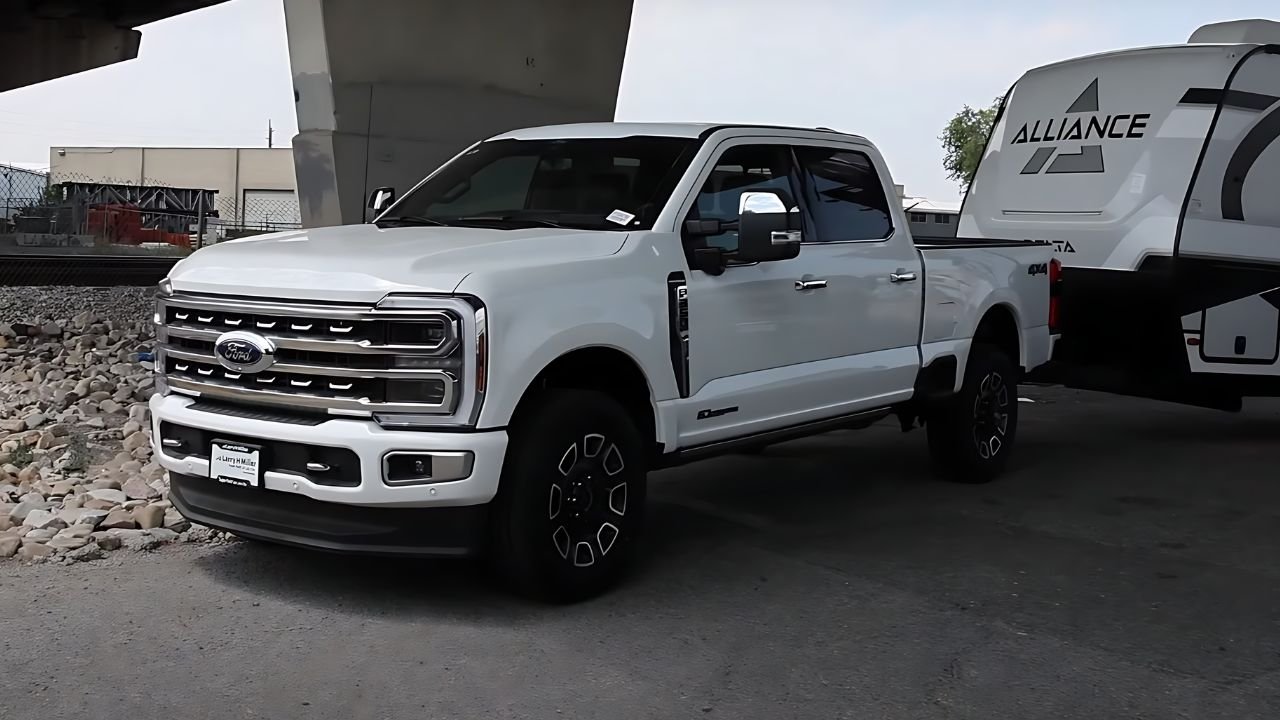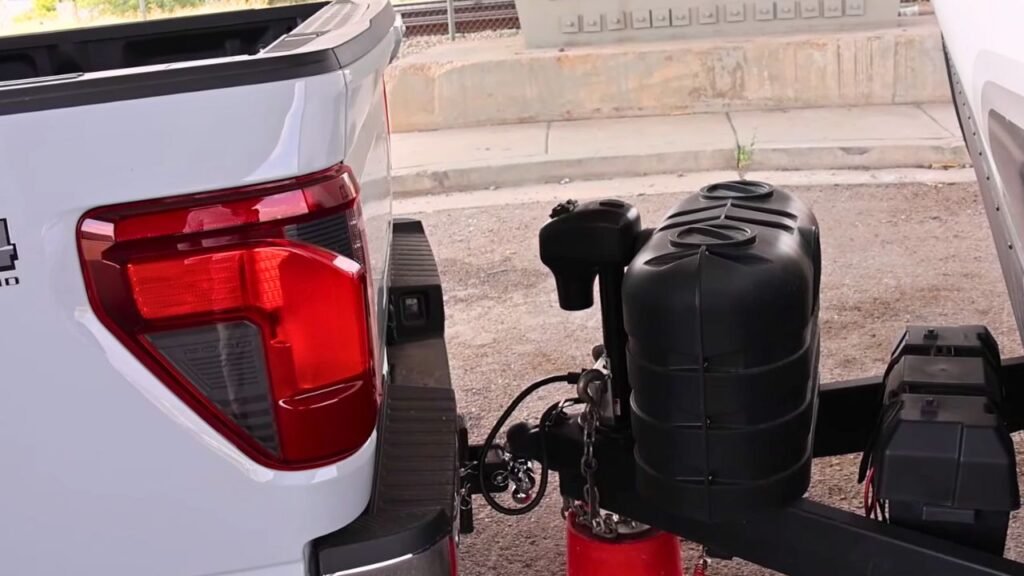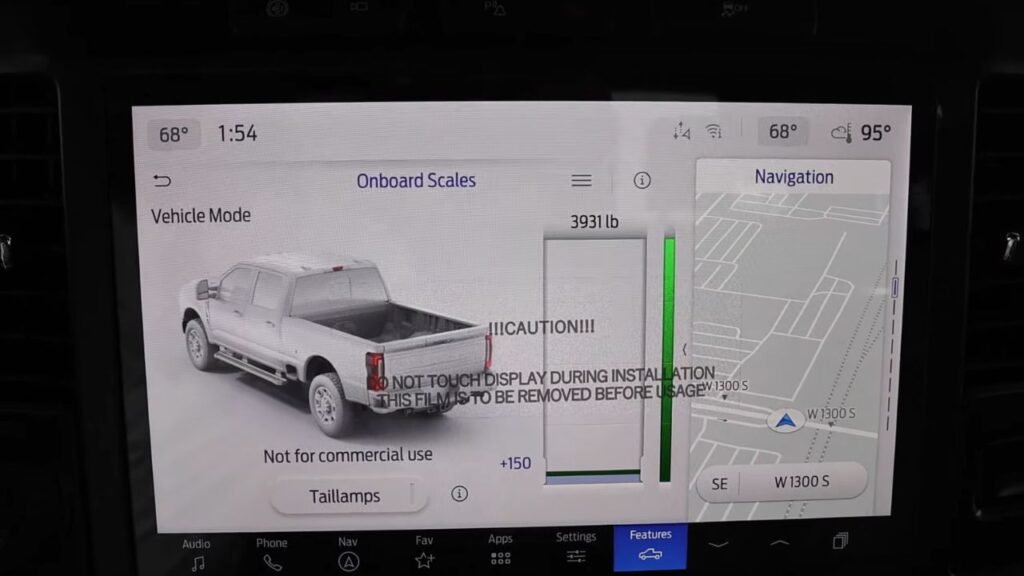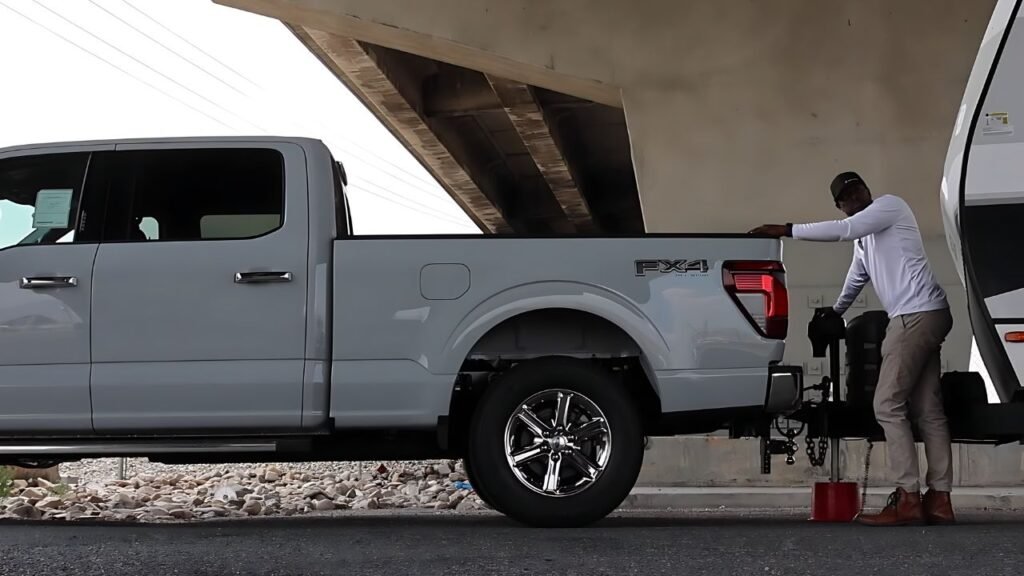Super Duty vs. Half-Ton: Which Truck Crushed the Pin Weight Test?
August 23, 2024 | by Team Neftin Mazda

When it comes to towing, understanding how your truck handles pin weight is crucial. This is especially important when deciding between a Super Duty and a half-ton truck. In this blog post, we explore the differences in how these two types of trucks manage pin weight, utilizing onboard scale systems to measure the impact. Whether you’re towing a trailer for a weekend getaway or for work, this information can help you make an informed decision.
Introduction to Pin Weight and Truck Handling

If you’ve ever wondered how Super Duty and half-ton trucks handle pin weight, you’re not alone. This video test aims to answer that question by putting a platinum Super Duty to the test. This truck is particularly interesting because it comes standard with an onboard scale system, allowing us to precisely measure how much available payload we have as we add weight.
Understanding Payload and Onboard Scales

One of the first things you’ll notice on the Super Duty is the payload capacity sticker on the door, which reads 3,931 lbs. This figure represents the maximum payload the truck can handle, and it’s important to note that this number will match the onboard scale’s reading.
As soon as you step into the truck, your weight is factored into the available payload. This feature is particularly useful for those who need to ensure they’re not exceeding their truck’s limits when towing. With the trailer hitched and ready behind me, it’s time to drop the weight onto the hitch and see how the Super Duty handles it.
The Role of Onboard Scales

What makes this Super Duty unique is its onboard scale system. This system not only shows you the total payload but also lets you see how much payload remains as you add weight. We decided to test this by measuring how much the truck drops under the added weight of the trailer.
Measuring the Truck’s Drop with Pin Weight
After hitching up the trailer, I measured the initial height of the truck before and after adding the weight. The truck began to drop slowly as the weight was added, ultimately dropping around three inches. This was enough to lift the trailer off the ground, and the onboard scale system accurately reflected this change.
What’s particularly interesting is how sensitive the scales are—they can detect even slight fluctuations in weight, such as when I jump in and out of the truck. The trailer’s hitch weight was estimated to be between 800 to 1,000 lbs, and while the tail lamps indicated this weight, the onboard scale system didn’t specify how much payload remained, which could have been a helpful feature.
Evaluating the Super Duty’s Onboard Scale System
Despite its impressive features, the onboard scale system does have some limitations. One notable feature is the “not for commercial use” warning. This likely means that while the system is accurate, it’s not intended to replace official scales used in commercial driving.
The system does show the payload, but it’s not always clear or intuitive. For instance, while it adjusts for weight as you move in and out of the truck, it doesn’t specify the exact remaining payload, which might leave some users wanting more detailed information. However, as a general guide, it’s still a useful tool for anyone who frequently tows heavy loads.
Testing the Half-Ton Truck

After testing the Super Duty, we moved on to a half-ton truck to compare how it handles similar conditions. This model wasn’t as high-end as the Super Duty but did come equipped with the PowerBoost engine and a column shifter, which I personally prefer for the additional storage space it offers.
Backing up to hitch the trailer was straightforward, thanks to the 360-degree camera view and guidelines. However, I couldn’t find a half-ton truck equipped with the scale system, so we had to rely on traditional measurements instead.
Comparing Measurements and Payload Capacity
Once the trailer was hitched to the half-ton truck, we took a series of measurements. The truck dropped to 39 and 5/8 inches, which, when compared to the Super Duty, revealed a significant difference in payload capacity. The Super Duty had more than double the payload of the half-ton truck.
One clear indicator of the half-ton truck’s struggle with the load was its noticeable squat. The bottom leaf spring, also known as a helper spring, was fully engaged, showing just how much strain the truck was under. This made it clear that while the half-ton truck can handle moderate loads, it’s no match for the Super Duty when it comes to heavy towing.
Final Thoughts
This test clearly demonstrated the differences in how Super Duty and half-ton trucks handle pin weight. While the Super Duty’s onboard scale system offers valuable insights, it could be more user-friendly with additional features, such as displaying the remaining payload. On the other hand, the half-ton truck, although capable, falls short when it comes to handling heavier loads, making it less suitable for serious towing.
When it comes to towing, it’s essential to do your research and understand your truck’s capabilities. Always double-check the numbers because they can often be misleading, especially when dealing with travel trailers and fifth wheels.
The figures you find online are usually a few hundred pounds lighter than what you’ll actually experience, particularly with hitch or pin weights.
RELATED POSTS
View all


